On a sunny Saturday morning at Ninoy Aquino International Airport in Manila, I look around, trying to locate the taxi stand. 200 meters to my right, less than ten cabs are parked while the drivers are having their morning banters. I walk towards them and one man notices me. “Intramuros,” I say – citing the Philippine capital’s famous old district. The driver whose car is at the front nods and gets into the driver’s seat. I follow suit and find myself seated at the back seat.
Little did I know how tense taking a cab in Manila can be. The driver navigates the city streets, zigzagging and cutting one vehicle over another. However, thanks to the less crowded traffic of a weekend morning, it doesn’t take too long for him to arrive at Plaza Mayor in the front of Manila Cathedral – one of the most important buildings in Intramuros. Needless to say, my biggest relief is getting there safe and sound.
Intramuros was the seat of the Spanish colonial government since the 16th century after Spain took control of the Philippine archipelago from the rajah – local king. Literally means ‘within the walls’, Intramuros’ first walls were constructed in the late 16th century. This heart of colonial Manila saw more wall constructions until the 19th century. Apart from the elegant Manila Cathedral, numerous other churches were built by different Catholic religious institutes, giving the colonial Intramuros the moniker “the City of Churches”.
In the late 19th century, the United States gained control of the Philippines from Spain following the signing of the Treaty of Paris. During the American colonization era, many parts of Intramuros were drastically altered. Some walls were cleared to make way for a better access to the city and the moat were transformed into a golf course. The removed stones from the walls were used for other constructions anywhere else in the city.
However, it was during the World War II when Intramuros was nearly decimated – leaving the Church of San Agustin as the only standing building, despite heavily damaged. During the battle for the liberation of Manila, more than 16,000 Japanese soldiers and over 100,000 Filipinos died.
Fortunately, reconstruction efforts had been carried out since the end of the war, bringing the Spanish charm back to this old district. Today, Intramuros is a popular place for locals and foreign visitors to soak up into the atmosphere of Spanish colonial time.
As usual, in every place that I visit on my travels, it’s always interesting to get lost sometimes and wander through the districts or alleys not mentioned in any guidebooks. Intramuros is no exception. I let my feet bring me to more quiet parts of Intramuros where I often find myself the only person around. However, it is my growling stomach that forces me to wrap my visit to Intramuros and have lunch at a local restaurant chain near Plaza Mayor. But it is a dessert, not the food, which draws my attention the most. On a large and colorful glossy paper inside the restaurant, a picture of green, red, yellow, purple and white strange yet appealing things filling up a large glass keeps me staring at it for quite a long time. It says “Halo-halo“, a self-repeated word that reminds me of many similar words in my native language.
However, I spare Halo-halo this time. But the dessert itself makes a solid reason for me to return to the Philippines one day.

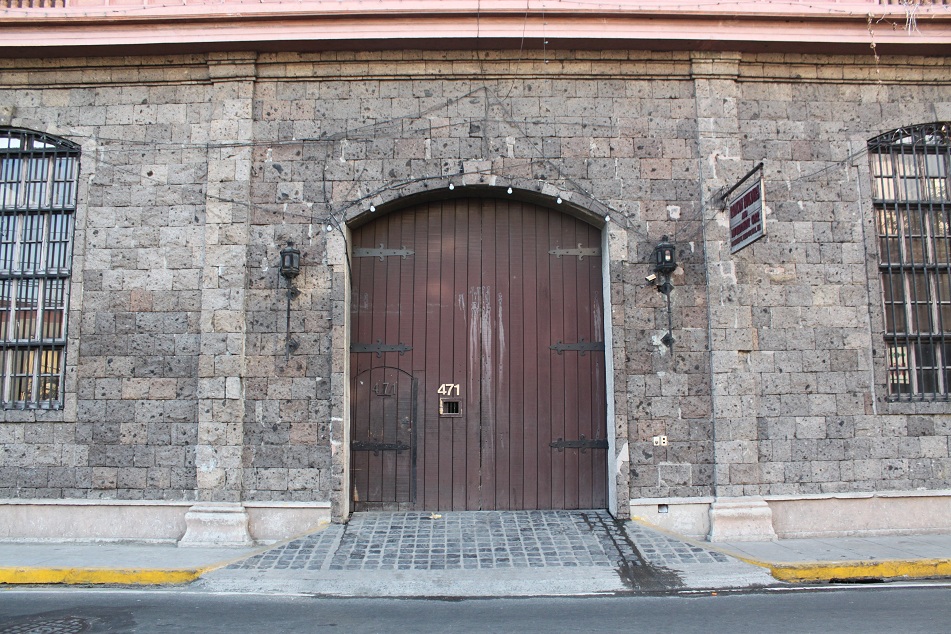

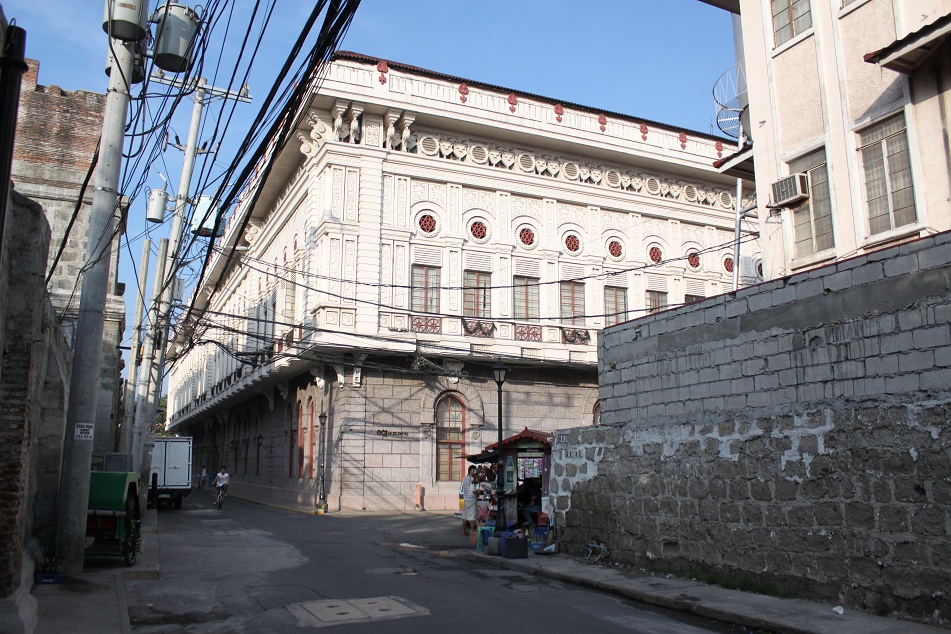
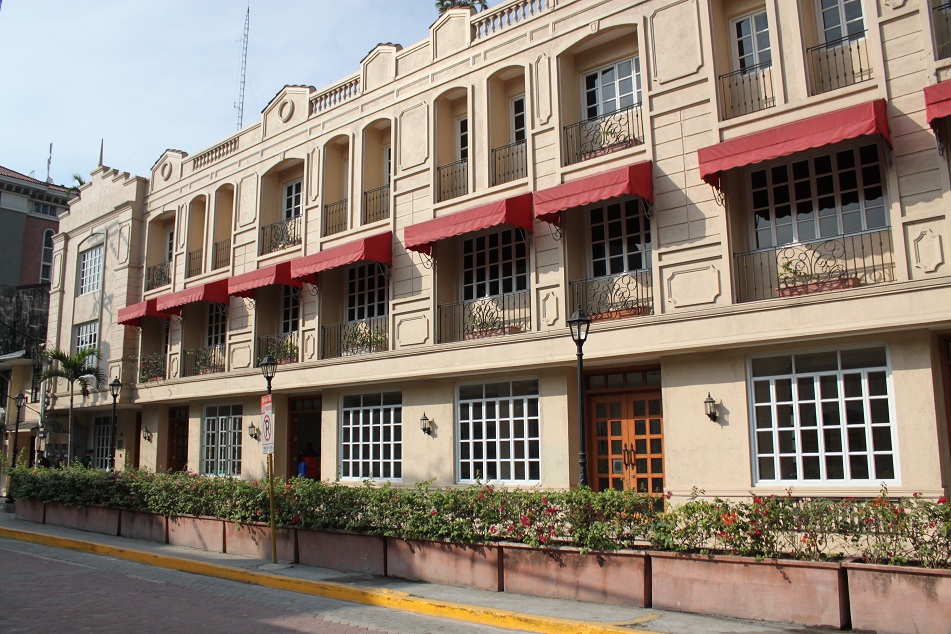
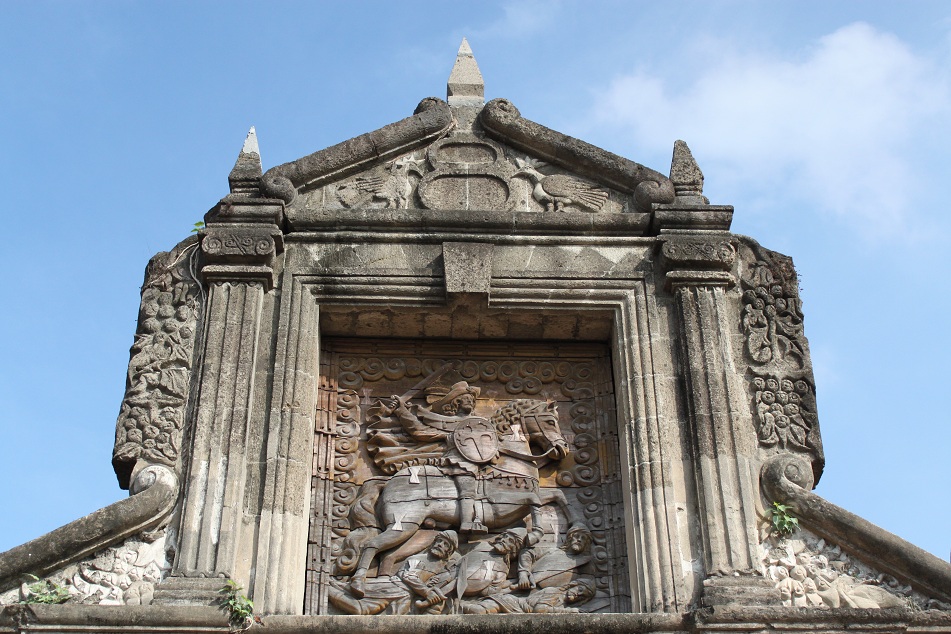
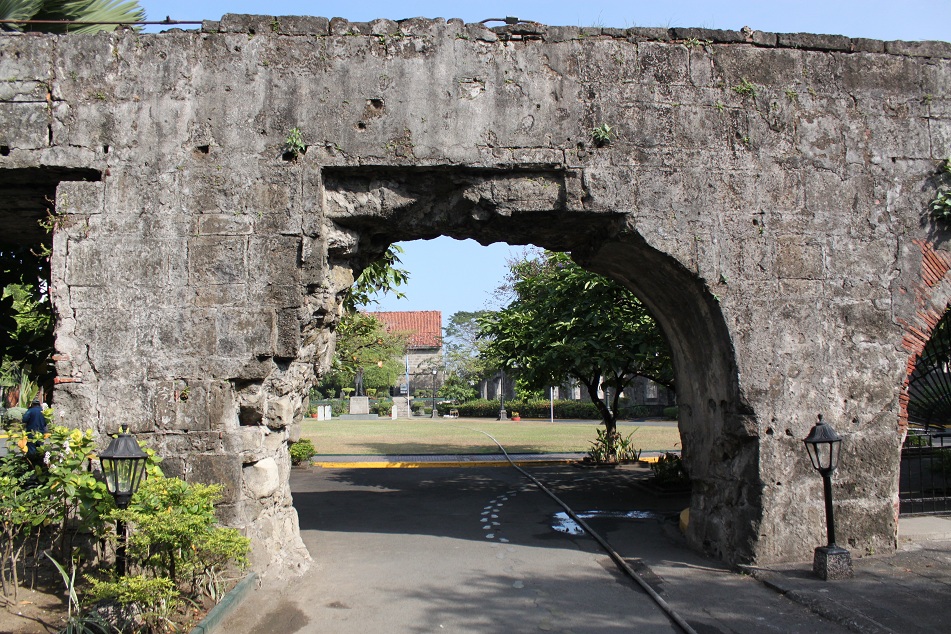
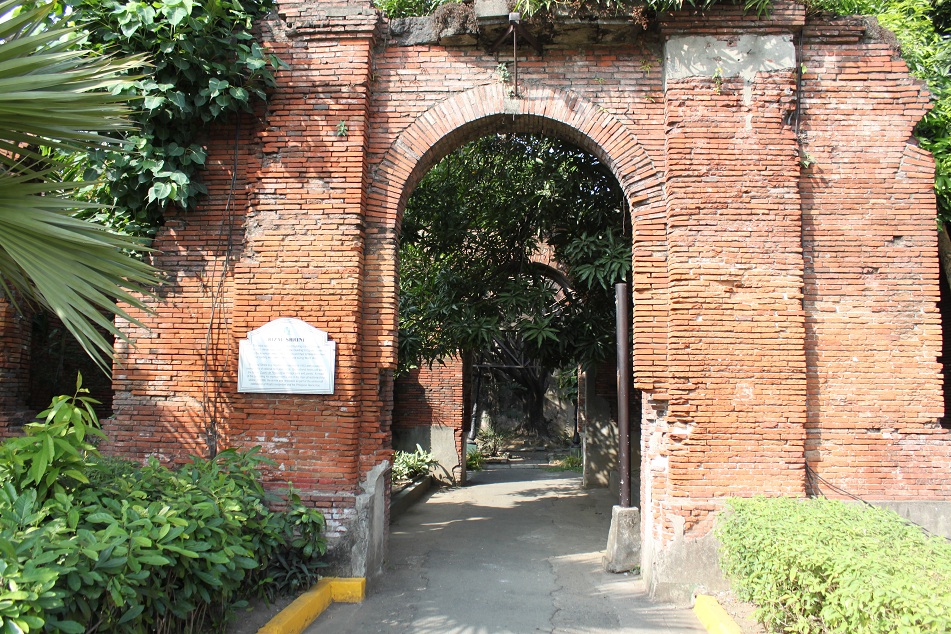
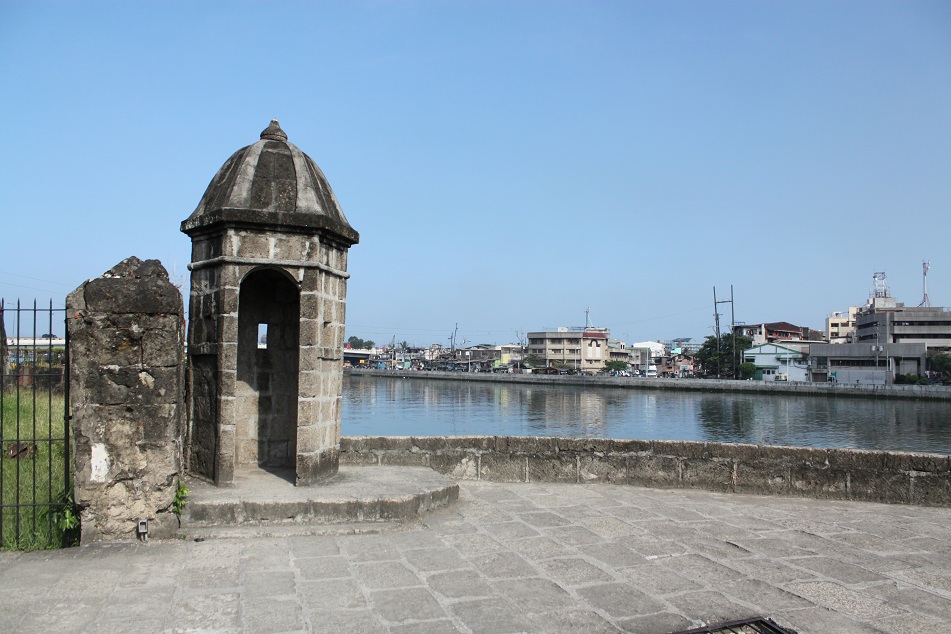
Beautiful photos Bama – reading this post makes me want to book a short flight to Manila right away! After those nine months in Salamanca I can really spot the strong Spanish influences!
LikeLike
Thanks James! I believe you can easily spot which aspects of Spanish architecture were incorporated into the buildings in Intramuros. You would love it there! Oh and when I saw the photo of Rizal Shrine, it reminded me of Rizal’s residence in HK that you showed me. Thanks for that!
LikeLike
Looks like in Europe :))
LikeLike
I haven’t been to Spain yet. But it surely does look like Spain!
LikeLike
You went to Intramuros? 😀 That’s in the Philippines! 🙂
LikeLike
Yes, and I’m coming back to the Philippines for more! Hopefully in the not-too-distant future.
LikeLiked by 1 person
Yeah! Nice to see a post about my home country! I haven’t been to Intramuros in a while and it’s nice to revisit it through your wonderful photos. I wanted to take my husband there the last time we were in the Philippines but had a change of plan last minute. I make sure to show him your photos. You definitely have to go back to the Phils, Bama – for halo-halo (meaning “mix-mix”) and more!
LikeLike
Yes Marisol, I will definitely go back to the Philippines. One of the reasons was the latest tourism commercial which I think is very unique. It’s so fun and cheerful, and well, it’s more fun in the Philippines, eh? 🙂
LikeLike
Lovely photos and story! I hope to go to the Philippines one day to visit relatives and I’d like to see Intramuros.
LikeLike
There are still quite a lot of beautiful Spanish colonial buildings in Manila apart from the ones in Intramuros. I think you’ll like them, Denise!
LikeLike
Awesome post I love the photos.
LikeLike
Thanks Chevelle! It’s one of the highlights for any visit to Manila.
LikeLike
Reblogged this on chevelleblog and commented:
This is a great view of Manila for future clients looking for a getaway…
LikeLike
I’m happy to hear you had a good time in the Philippines Bama and that the tourism campaign is working. Lots of good things happening for Philippine tourism and quite proud of it. We still have to improve the taxi services, though if you’re on the yellow ones from the airport, you’ll be just fine (they charge double the normal cabs). Keep on getting lost but safe travels always!
LikeLike
Salamat Mark! I do love the new tourism campaign of the Philippines. It’s fresh and fun, and compared to Indonesia’s own tourism campaign, I can tell the former is far more engaging. Oh and thanks for the info on the taxi service! I’ll make sure to remember it when I visit the Philippines again in the future.
LikeLike
The details on the gate of the fort reminds me of Rhodes somehow! Your photos do the gorgeous colonial architecture full justice Bama 🙂
LikeLike
Does it? Oh wow, one of the most fascinating things about traveling is to find out how certain things are quite similar from one culture to another. Thanks Madhu!
LikeLike
nice tour on intramuros! 🙂
LikeLike
Thanks Marcee! I would love to go back to the Philippines one day!
LikeLike
BTW, where are you based? You quit banking industry I know that much. Wise choice! What do you do now, if you don’t mind me asking?
LikeLike
I’m based in Jakarta now. Haha, funny when you said quitting banking industry is a wise choice. Well, it suits some people really well, but not me. Currently I’m working as a Consultant at a people development consulting firm. Something I knew next to nothing a year ago. 🙂
LikeLike
Jakarta…oh wow. So how you liking the new career change?
LikeLike
Well, it has its own pros and cons – as does everything else. Right now I’m trying to work out the best.
LikeLike
It’s nice to hear that you’ve had a good time in our country. You can have cheaper taxi fares in the pre-departure area of the airport. Take the white taxis dropping departing passengers and stick with the meter. Enjoy your next visit here in the Phlippines! 🙂
LikeLike
Thanks a lot for the information! I will definitely do that the next time I come to the Philippines. 🙂
LikeLike
Oh wow. I took friends from California to tour Intramuros too and we ate lunch at Barbara’s (it’s in one of your photos). Thank you for loving our country 🙂
LikeLike
I really want to explore the Philippines one day, especially the massive rice terraces, the chocolate hills, and Mayon. About Intramuros, I can see why you took your friend there. The place was so atmospheric and beautiful.
LikeLike
Honestly I’ve never been to the places you’ve mentioned, but I’d love to do it one day 🙂
We took a kalesa (horse carriage) to go around. My first time since my previous trip to the Walled City last year, we walked.
LikeLike
Ah, I noticed the kalesa but I decided to walk instead.
LikeLike
Walking is better 🙂
LikeLike
Ahh I see. 🙂
LikeLike
Just because I can linger longer to take pictures 😛
LikeLike
My school is located in Intramuros and I never thought those buildings would look nice on photos. lol. Nice shots! After I read the line about “Halo-halo” and found out you didn’t try one, I was like..”WHAT?!! How come he did not have one?!” lol. You should really try it when you come back here. In fact, I’ll be glad to tour you around for free!! lol.
LikeLike
Lol. I know how some places can look much better in photos. 🙂 Thanks Cara! When I saw a billboard on Halo-halo I must say that it was really tempting. In a glimpse it looked quite similar with Indonesian es campur. But I noticed Halo-halo has something es campur doesn’t: sweet potato and purple yam. I really should try one when I go back to the Philippines! 🙂 Thanks again Cara!
LikeLike
Intramuros is my favorite spot in Manila!
LikeLike
It is indeed one of the most interesting and photogenic places in Manila. I’m glad many parts of it were preserved or restored so today we can enjoy them.
LikeLike
Appreciate your interest in some part of my country specially Manila and I was really amazed for as you knew those stuff.
LikeLike
I still have plans to visit the Philippines again in the future as I barely scratched the surface of your beautiful country. Hopefully they happen sooner than later! 🙂
LikeLike
I will be in this country in exactly one month!! I have heard so much about halo-halo, and cannot wait to try it. Amazing pictures!
LikeLike
Ah, halo-halo. Shame I didn’t try it when I was in Manila in spite of the fact that I love desserts. Maybe next time. Thanks!
LikeLike
It’s nice that you have visited the Philippines but you haven’t seen nothing yet. There are a lot of beautiful places here in the Philippines.
LikeLike
Yes, I do realize that. I have a long list of places I want to visit in the Philippines: El Nido, Coron, Bohol, Albay, Banaue, Vigan, and so on and so forth. I really should plan to return and see those places for myself.
LikeLiked by 1 person
I bet you will love the Philippines. 🙂
LikeLike